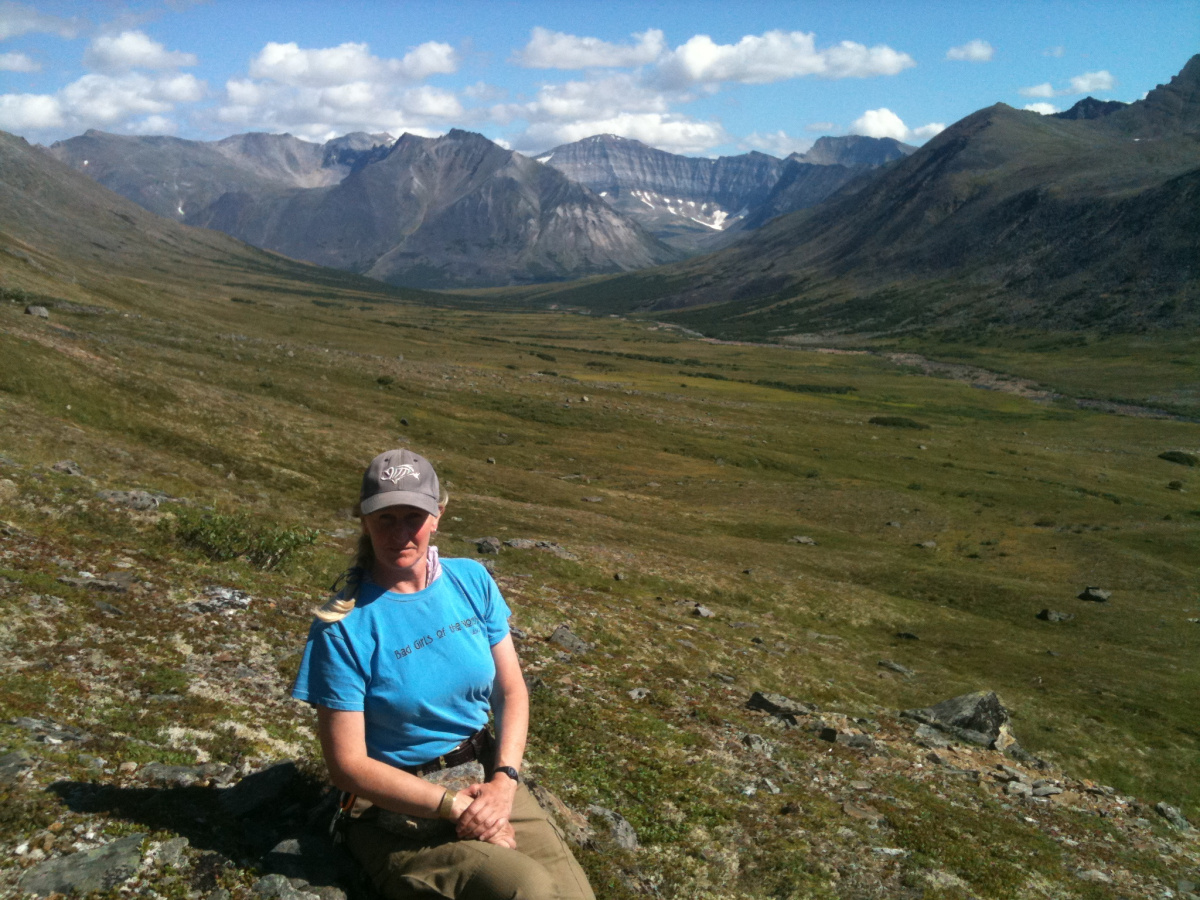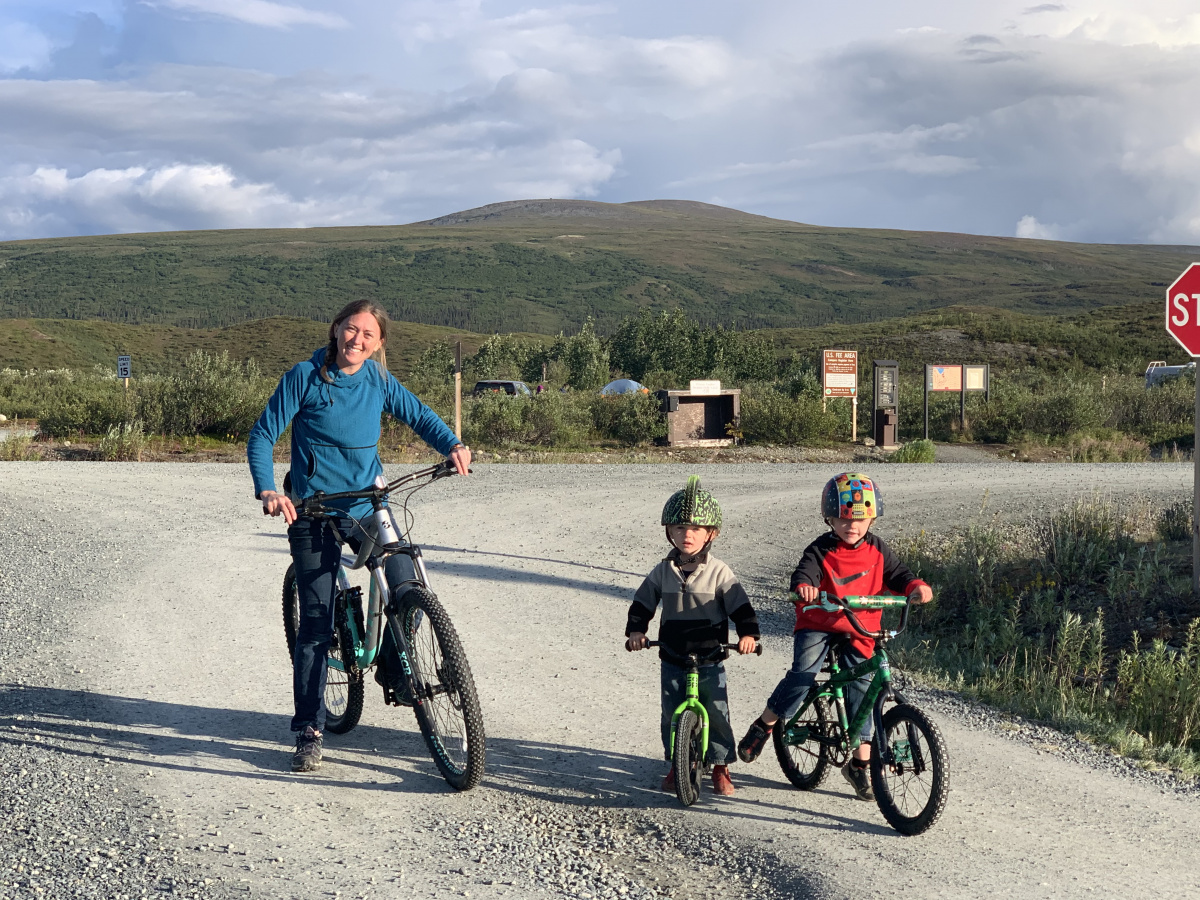Related Stories
- Popular posts: BLM's most viewed blogs of 2025
- Take a First Day Hike on Your Public Lands
- Using science to uncover mysteries of the Mesa archaeological site in Alaska
- Historic Umtanum Suspension Bridge wins international footbridge award
- Agua Fria National Monument: A desert oasis with a rich history and a vital present
Office
222 W 7th Avenue #13
Anchorage, AK 99513
United States
Phone:
Email:


